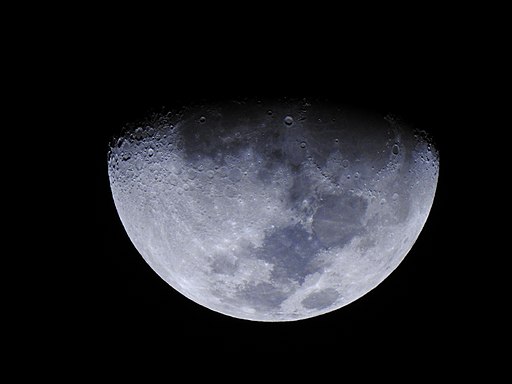Indigenous People Called this Full Moon the “Snow” or “Storm” Moon
Posted
Last Updated
 The phases of the Moon for February 2023. Credit: NASA/JPL-Caltech
The phases of the Moon for February 2023. Credit: NASA/JPL-Caltech
The next full Moon will be on Sunday afternoon, February 5, 2023, appearing opposite the Sun in Earth-based longitude at 1:29 PM EST. This will be on Monday morning in the time zones from Nepal Standard Time eastward to the International Date Line. The Moon will appear full for about 3 days around this time, from early Saturday morning through early Tuesday morning.
The Maine Farmers’ Almanac began publishing “Indian” names for full Moons in the 1930s and these names are now widely known and used. According to this almanac, as the full Moon in February the tribes of the northeastern United States called this the Snow Moon or the Storm Moon because of the heavy snows in this season. Bad weather and heavy snowstorms made hunting difficult, so this Moon was also called the Hunger Moon. NOAA monthly averages for the Washington, DC area airports (DCA and IAD) from 1991 to 2020 show January and February nearly tied as the snowiest months of the year (with February one tenth of an inch ahead).
Some sources list the Wolf Moon as an old European name for this full Moon. Another European name is the Candles Moon, tied to Candlemas on February 2.
Many lunar and lunisolar calendars start the months on the new Moon, and the full Moon is the middle of the month. In the Islamic calendar this full Moon is near the middle of Rajab, one of the four sacred months in which warfare and fighting are forbidden.
This full Moon corresponds with the Chinese Lantern Festival, the traditional end of the Chinese New Year celebrations held on the 15th day of the first month of the Chinese Calendar.
Read more at solarsystem.nasa.gov

